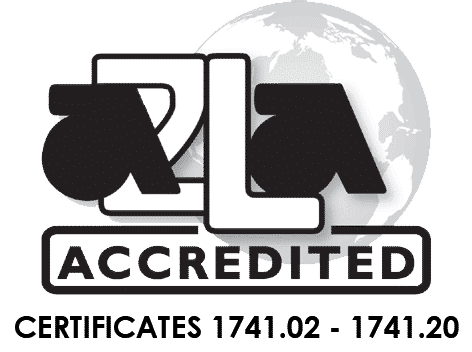Identifying and Minimizing Measurement Error
Much to the dismay of those in metrology, measurement error is unavoidable and can never be fully eliminated. The key is in understanding the causes of the error, and whenever possible minimizing its effects. There are three main categories that measurement error fall into: systematic, human, and random error.
Systematic Error
Systematic error, also referred to as statistical bias, is particularly hard to detect. Because this type of error is related to your system of measurement, it cannot be statistically analyzed. With this type of error you will get consistent, though incorrect, readings. There are a number of causes for systematic error, these can include environmental factors, inaccuracy of standards being used, test method used, faulty equipment, and theoretical errors.
Human Error
As long as humans are taking and recording measurements, human or gross error will be unavoidable. This could range from not properly reading a device to transposing numbers when recording data. Beyond simply telling employees to be more careful, there are steps to take to minimize this type of error.
Interpolation rounding occurs when reading analog devices. When the needle falls between the smallest division markings and the user rounds the measurement to the division they think is the closest or approximates the measurement based on the reading to which it is nearest. For instance, if a user is reading a thermometer with lines marking every 5 degrees and the needle is between the 20 and 25 degree marks. One might assume that the temperature is 22 degrees or 23 degrees, but there is no way to know that for sure based on the device. Thus interpolation, can lead to errors in your measurement data in the form of poor repeatability and reproducibility. Ensuring that your devices have a high enough resolution for your application can help to prevent interpolation rounding errors and is directly related to the precision in which a measurement can be made.
Parallax error also falls into the category of human or gross error and relates to the angle from which the device is viewed. We have all probably experienced this when driving in a car. Imagine you are in the driver seat and you can clearly see that you are going 55 mph. Your passenger is in a bit of a hurry to get to your destination, they glance at the speedometer and from their vantage point to the right of the dial it appears that you are only going 50 mph. You then may or may not proceed to have an argument about whether you are driving fast enough to reach your desired location on time. This exact phenomena occurs when reading any type of analog measurement device while not standing directly in front of the dial. As you might imagine, if users were regularly standing in various locations relative to the dial when recording measurements, data could very quickly become unreliable. Occasionally, due to the position of the dial and other equipment it is impossible to stand directly in front of the dial to read it. Many devices prone to parallax error will feature a mirror on the face of the dial which makes it easier to see where the needle is truly pointing.
Random Error
Random error, is unfortunately just that, and completely unavoidable. Causes of random error can range from sudden changes in the atmospheric conditions, to earthquakes and solar flares, but can also occur when pushing your equipment to its limits. Often, measurement devices will exhibit this type of error in their least significant digit or LSD. For instance, multiple readings from a precision balance could be something like 0.8526g, 0.8528g, 0.8526g, and 0.8527g. While these variances in readings are beyond your control, they can be minimized by taking multiple readings and averaging results.
Whether it’s systematic error, human error, random error, or all of the above, measurement error in general is unfortunately a nuisance that all quality managers will encounter. With expertise in precision measurement since 1939, the team at Cross has years of experience in identifying these types of errors and can help you determine whether or not there may be a need for an adjustment in process. Contact us today to talk through your specific application and find out if you are doing everything possible to minimize error.
Want to share or download this article for later reading. Here’s a downloadable PDF copy: Identifying and Minimizing Measurement Error

